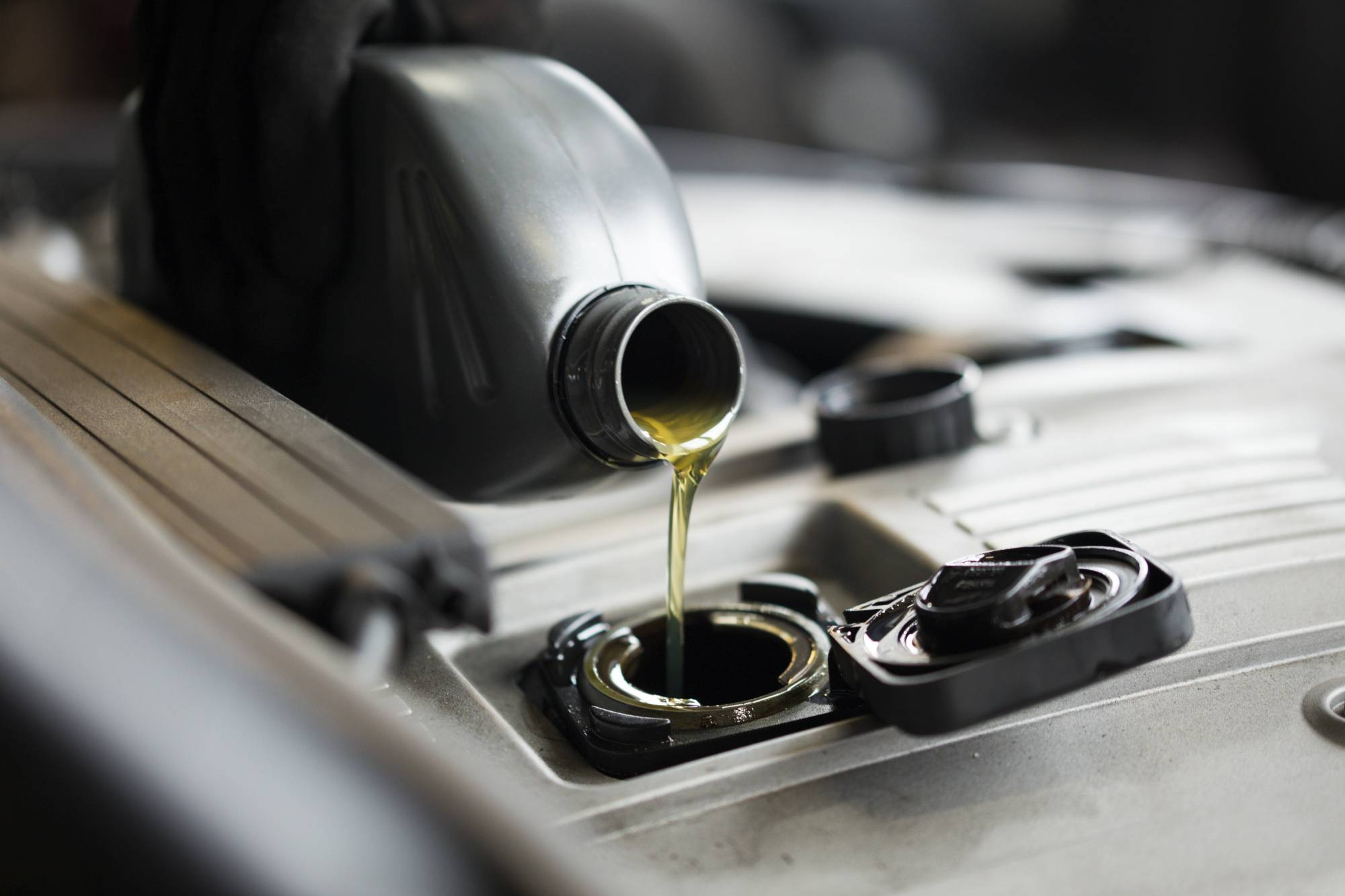 15 May 2024
15 May 2024The cooling system in a Volkswagen operates much like any other car's.
Recognising warning signs and implementing proper maintenance are crucial for ensuring the reliability of your Volkswagen's cooling system. Essential components requiring ongoing attention include the water pump, thermostat, and coolant, as they play vital roles in maintaining optimal engine temperature. Much like the human body's circulatory system, the cooling system is integral to the vehicle's longevity, reliability, and overall performance. Neglecting proper maintenance can result in overheating, leading to costly repairs and potential breakdowns while driving.
Consider a scenario where a Volkswagen owner neglects to monitor the coolant levels in their vehicle. Over time, the coolant becomes contaminated with debris and loses its effectiveness in regulating engine temperature. As a result, the engine begins to run hotter than usual, leading to increased wear and tear on critical components. Eventually, the engine succumbs to overheating, causing irreparable damage and requiring extensive repairs or even replacement.
By understanding the importance of maintaining the cooling system and implementing regular inspections and preventive measures, Volkswagen owners can ensure that their vehicles operate smoothly and efficiently for years to come.
Now, let's explore the maintenance requirements and functions of three key components within the cooling system responsible for maintaining the engine's ideal temperature.
The Role of the Coolant
Coolant, also referred to as antifreeze, plays an important role in maintaining the health and efficiency of your vehicle's engine.
• It regulates the engine's temperature by absorbing heat generated during combustion and transferring it away from vital components.
• It prevents the engine's cooling system from freezing by lowering the freezing point of water.
• It contains additives that protect the engine and cooling system components from corrosion and rust.
• It lubricates the water pump and other moving parts of the cooling system, reducing friction and wear.
• It carries heat away from the engine to the radiator, where it is dissipated into the air.
Regularly checking and replenishing coolant levels is crucial to maintain its effectiveness. Additionally, periodic coolant flushes, typically recommended every 2 to 5 years depending on the manufacturer's guidelines, help remove accumulated contaminants and replenish corrosion inhibitors. During routine servicing, we inspect the cooling system, verifying fluid levels and assessing their condition. For Volkswagen, Audi and Skoda we place our trust in VAG Group Genuine Coolant to uphold peak performance standards, ensuring your vehicle runs smoothly and reliably.
The Role of the Thermostat
The thermostat is responsible for regulating the flow of coolant to maintain optimal engine temperature. Its primary function is to monitor the engine's temperature and adjust the coolant flow accordingly. When the engine is cold, the thermostat remains closed, restricting coolant flow to allow the engine to warm up quickly. Once the engine reaches the optimal operating temperature, typically around 90 to 105 degrees Celsius, the thermostat opens, allowing coolant to circulate freely through the engine and radiator.
This regulation is essential for maintaining optimal engine temperature for several reasons.
• Efficient combustion and fuel consumption:
Operating the engine at the correct temperature ensures efficient combustion, maximising performance and fuel efficiency.
• Reduced wear and tear:
Maintaining consistent engine temperature helps prevent excessive wear and tear on engine components, prolonging their lifespan and reducing the risk of premature failure.
• Minimised emissions:
Operating the engine within the optimal temperature range helps minimise harmful emissions and pollutants, contributing to a cleaner environment.
Regular maintenance of the thermostat is vital for optimal engine temperature regulation, preventing overheating and overcooling. By ensuring the thermostat's good condition through inspections and replacements as needed, drivers can maintain their vehicle's reliability and efficiency, avoiding costly repairs.
The Role of the Water Pump
The water pumps primary function is to circulate coolant throughout the engine, ensuring that it absorbs heat generated during combustion and transfers it away from vital components.
A water pump in a VW typically needs replacement every 100,000 - 120,000 kilometers. In many VW vehicles, the water pump is driven by the timing belt which also has a similar lifespan. To replace both components at the same time is a widely recommended preventive measure for Volkswagen vehicles. By servicing both components simultaneously, efficiency is maximised while labour costs are minimised.
Read more about the Timing Belt (also known as the Cambelt).
Regular maintenance of the water pump is essential for optimal engine performance:
• Periodic inspection for leaks, corrosion, or damage is necessary.
• Timely replacement when signs of wear or malfunction are detected is crucial.
Common signs of a failing water pump or thermostat include:
• Coolant leaks:
Look for puddles of coolant under the vehicle, especially around the water pump or thermostat housing.
• Engine overheating:
Consistently high engine temperatures may indicate a problem with either the water pump or thermostat.
• Fluctuating temperature gauge:
If the temperature gauge fluctuates between hot and cold, it could signal a thermostat issue.
• No heat from the heater:
A stuck thermostat can prevent coolant from circulating properly, resulting in no heat from the vehicle's heater.
• Engine running hot at idle:
If the engine temperature rises when idling but cools down at higher speeds, it may indicate a problem with the thermostat.
Maintenance Tips and Advice:
Proper maintenance is essential for ensuring the longevity and reliability of the water pump and thermostat in VW vehicles.
Here are some tips and advice for maintaining these components:
• Regular Coolant Flushes:
Adhere to the manufacturer's specified coolant change interval to prevent corrosion and buildup within the cooling system, safeguarding against potential damage. For example, in popular VW models like Tiguan, regular coolant flushes every 50,000km or every two years help maintain optimal cooling system efficiency.
• Replace the water pump during timing belt replacement:
In newer VW models like the Golf and Polo, the water pump is often driven by the timing belt. Therefore, it's crucial to replace the water pump simultaneously when replacing the timing belt to prevent potential failures. This proactive approach will save you time and money in the long run while ensuring continued engine performance and reliability.
• Use OEM Parts:
Choose OEM parts specifically engineered for VW vehicles when replacing components like the water pump, thermostat, or coolant. By using quality parts designed for your car model, such as those found in the Passat and Touareg, you ensure proper fitment and reliable performance, maintaining the integrity of your vehicle's cooling system. This approach also helps preserve warranty coverage and ensures compatibility with your vehicle's systems, reducing the risk of unexpected issues.
Check out our OEM parts online
Taking care of our cars is a year-round responsibility, but with consistent servicing and maintenance, your car will reciprocate by providing reliable performance. Should you have any inquiries regarding your cooling system, please don't hesitate to reach out to our Service Team at 0800269772.
If your car requires attention, you can conveniently book in a service for your car Here
or Email us with any other queries [email protected]


